Inverter/Chargers vs. Normal Inverters: A Deep Dive into Technical Details
The world of renewable energy is vast, and among its many components, inverters play a pivotal role. But not all inverters are created equal. In this article, we'll delve deep into the technical intricacies of inverter/chargers compared to normal inverters, highlighting their unique features and advantages.
1. What is an Inverter?
At its core, an inverter is an electrical device that converts direct current (DC) from sources like solar panels or batteries into alternating current (AC) for use in homes and businesses.
2. The Inverter/Charger: A Two-in-One Solution
An inverter/charger, as the name suggests, combines the functions of an inverter and a battery charger into a single unit. This dual functionality allows it to not only convert DC to AC but also charge a battery bank when connected to an AC power source.
3. How Does an Inverter/Charger Work?
a. Inverting Mode:
When drawing power from a battery, the inverter/charger operates in its inverting mode. It takes the DC power from the battery, inverts it, and supplies AC power to the connected loads.
b. Charging Mode:
When an external AC source (like grid power or a generator) is available, the inverter/charger switches to its charging mode. It rectifies the AC power to DC and charges the connected battery bank.
4. Eliminating the Need for a Changeover Switch
One of the standout features of inverter/chargers is their ability to automatically switch between inverting and charging modes. This eliminates the need for a manual changeover switch, which is required with standard inverters to shift between grid power and battery power. The inverter/charger's seamless transition ensures uninterrupted power supply, making it ideal for critical loads and applications.
5. Enhanced Battery Charging Capabilities
Inverter/chargers typically come equipped with a more robust and efficient battery charger than standalone chargers available at similar price points. This is because they are designed to handle larger battery banks, ensuring faster and more consistent charging. The advanced charging algorithms in inverter/chargers ensure that batteries receive optimal charging, enhancing their lifespan and performance.
6. Normal Inverters: A Brief Overview
Normal inverters, in contrast, focus solely on converting DC to AC. They lack the integrated battery charging feature, which means a separate charger is required to replenish the battery bank. This can lead to increased costs and complexities in setting up a renewable energy system.
7. Why Choose an Inverter/Charger?
a. Integrated Solution:
By combining inverting and charging functionalities, inverter/chargers reduce the number of components in a system, simplifying installation and maintenance.
b. Cost-Effective:
Given their dual capabilities, inverter/chargers often prove to be more cost-effective than purchasing separate inverters and chargers.
c. Enhanced Reliability:
The automatic switch between modes ensures that power is always available, making inverter/chargers more reliable for critical applications.
8. Conclusion
In the realm of renewable energy, choosing the right components can make all the difference. While normal inverters have their place, inverter/chargers offer a comprehensive solution that caters to modern energy needs. Their technical superiority, combined with cost-effectiveness, makes them a preferred choice for many.

 Solar Charge Controllers
Solar Charge Controllers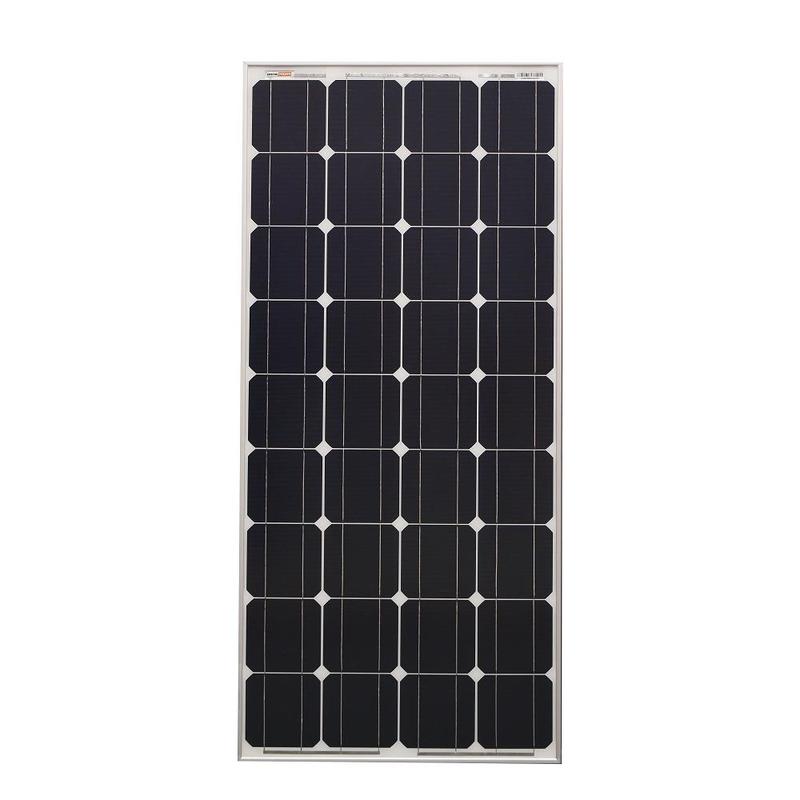 Rigid Solar Panels
Rigid Solar Panels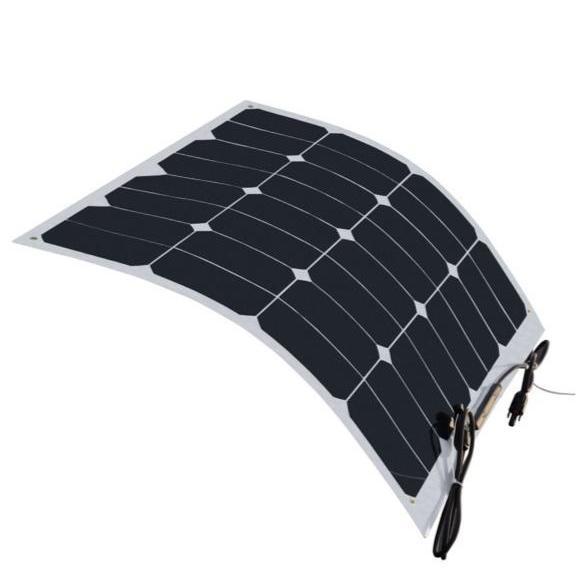 Lightweight Solar Panels
Lightweight Solar Panels ABS
ABS Tile & Tin
Tile & Tin Ground Mounting
Ground Mounting See All
See All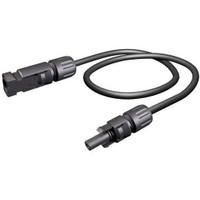 Solar Cables
Solar Cables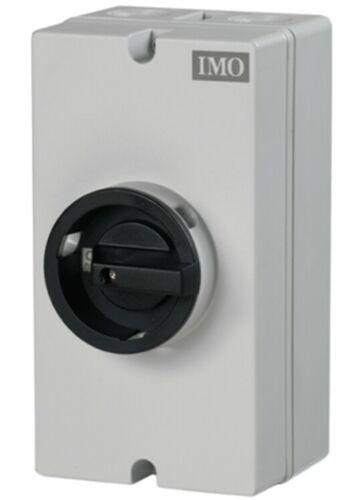 Solar Isolators
Solar Isolators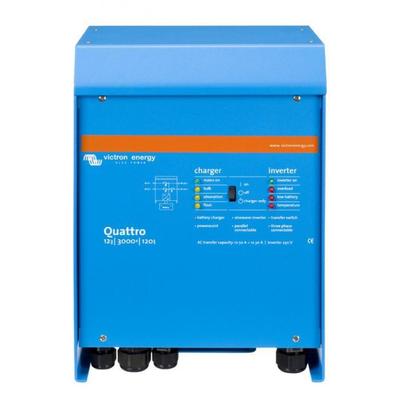 Inverter Chargers
Inverter Chargers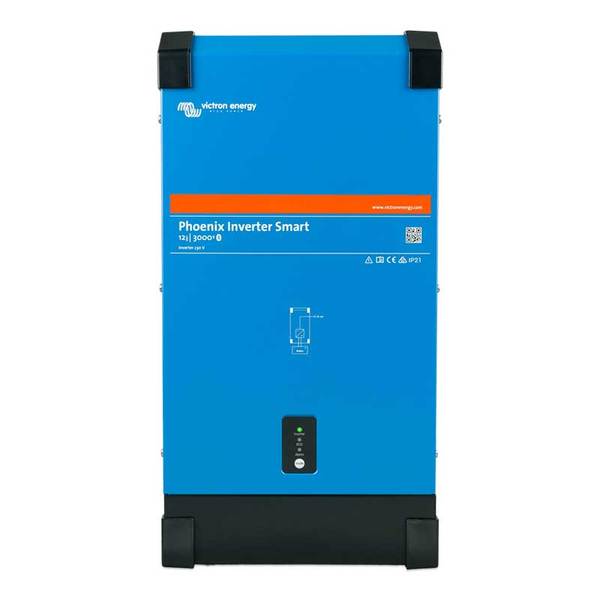 Inverters
Inverters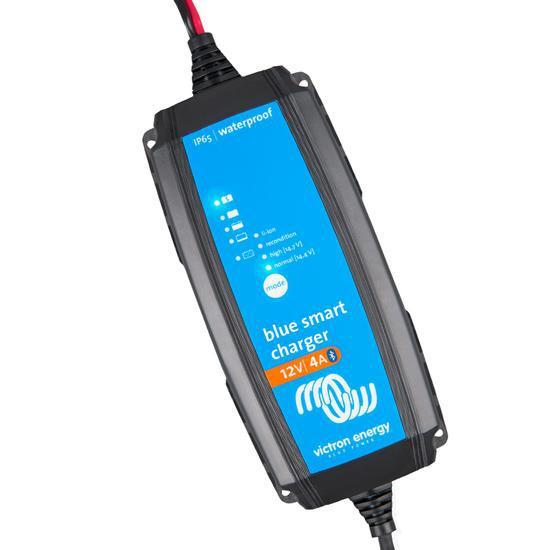 Battery Chargers
Battery Chargers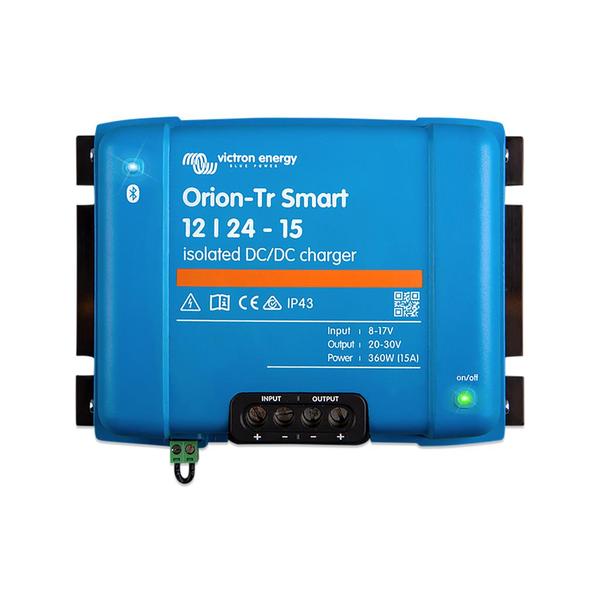 DC/DC Chargers
DC/DC Chargers 12V lithium batteries
12V lithium batteries 24V lithium batteries
24V lithium batteries 36V lithium batteries
36V lithium batteries 48V lithium batteries
48V lithium batteries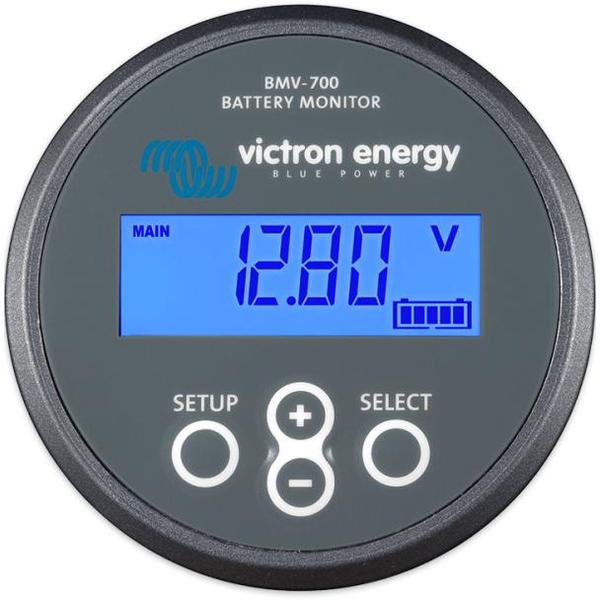 Battery Monitors
Battery Monitors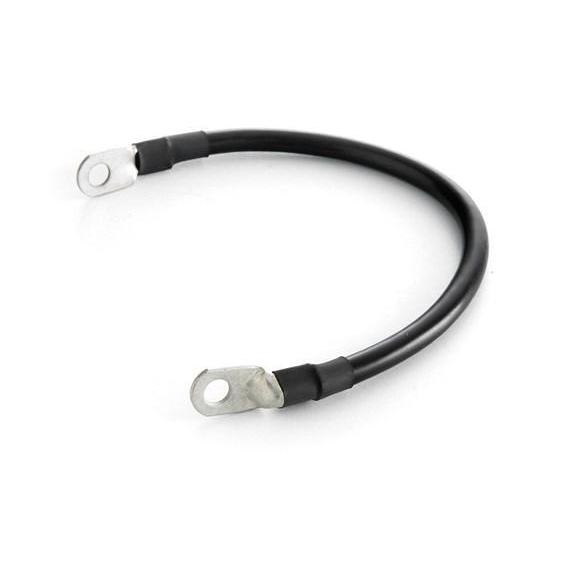 Battery Cables
Battery Cables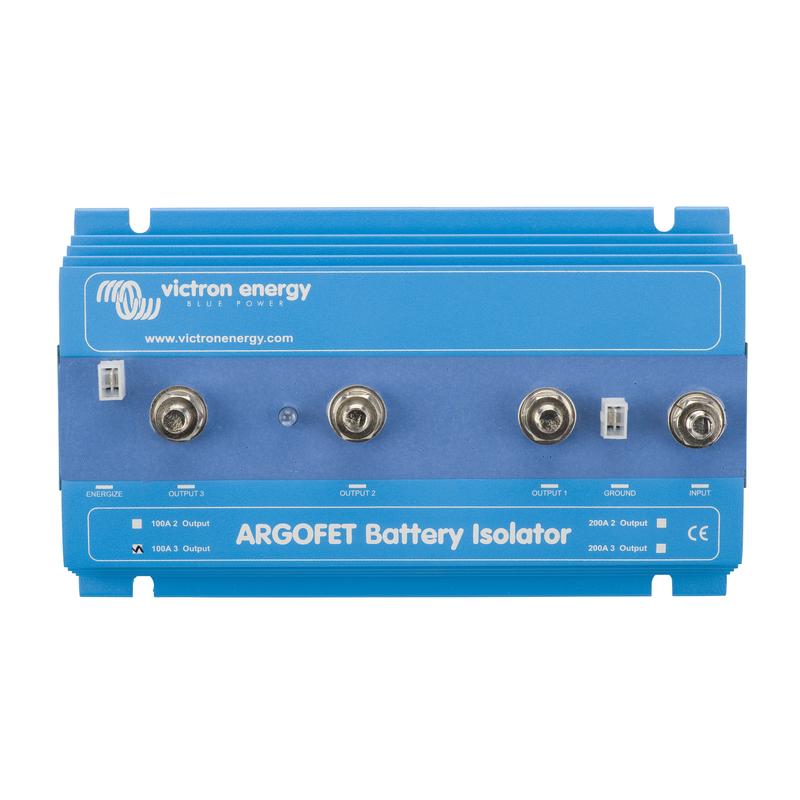 Battery Isolators
Battery Isolators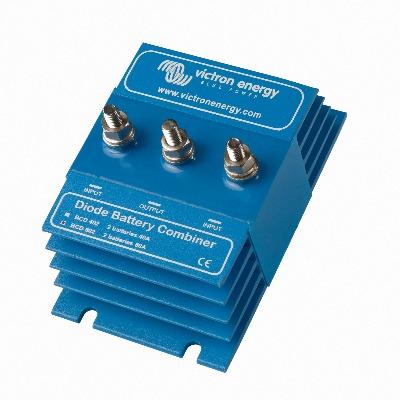 Battery Combiners
Battery Combiners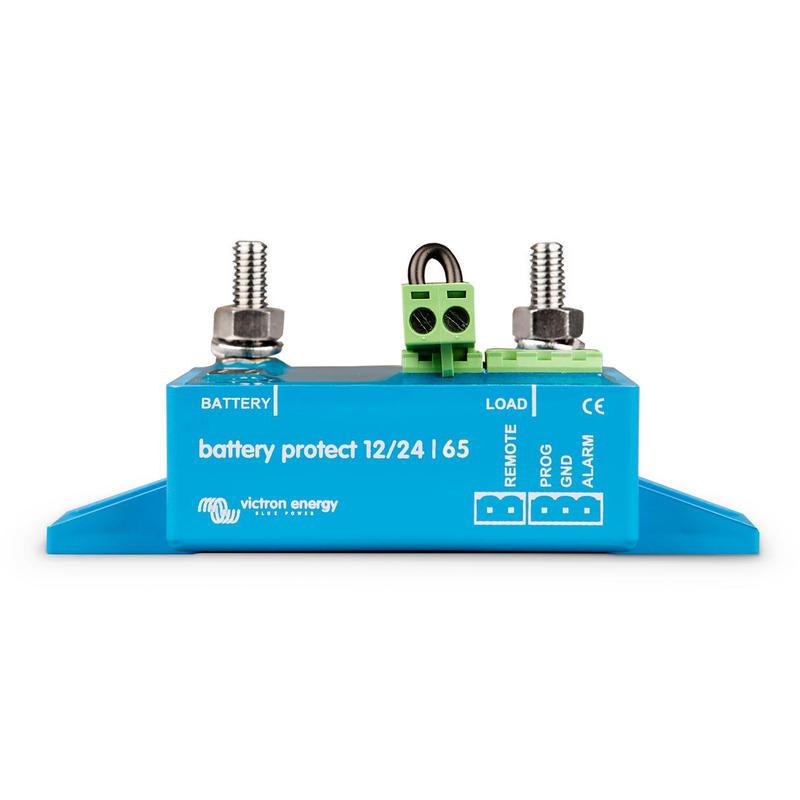 Low Voltage Disconnection
Low Voltage Disconnection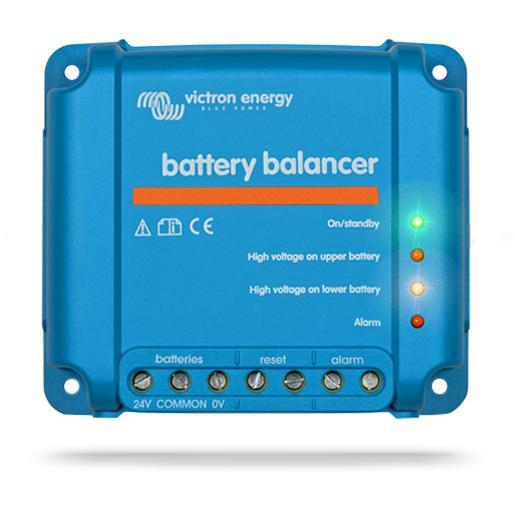 Battery Balancer
Battery Balancer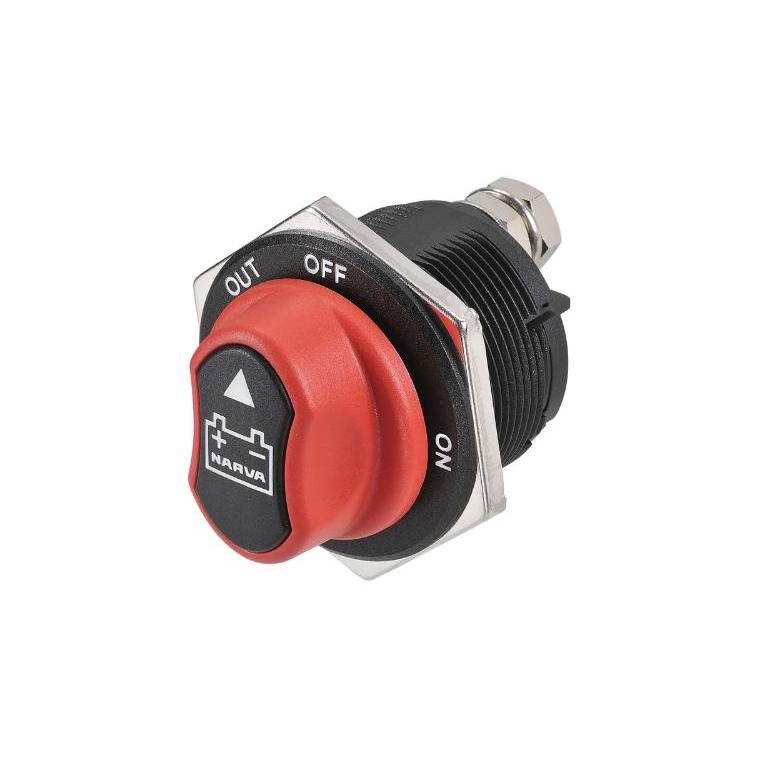 Battery Switches
Battery Switches Power Cables
Power Cables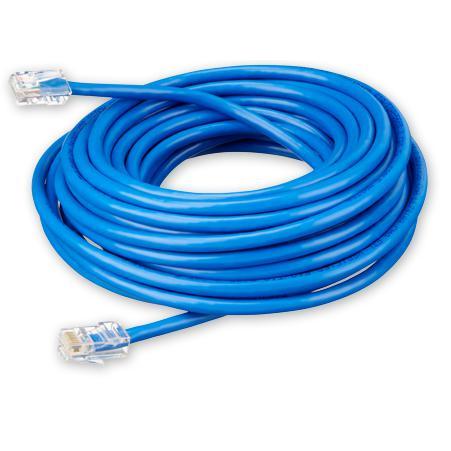 Comms Cables
Comms Cables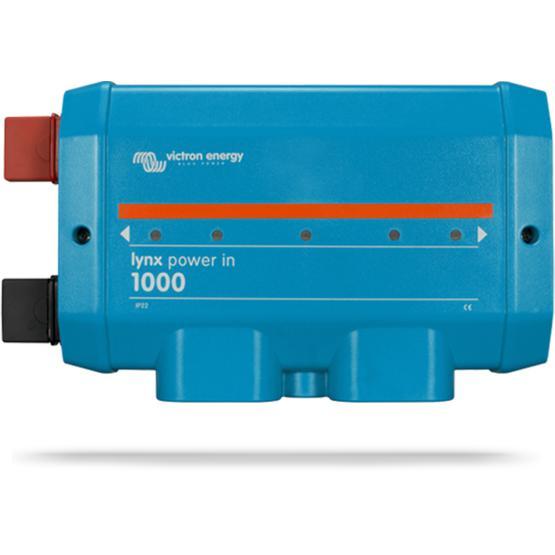 Bus Bars
Bus Bars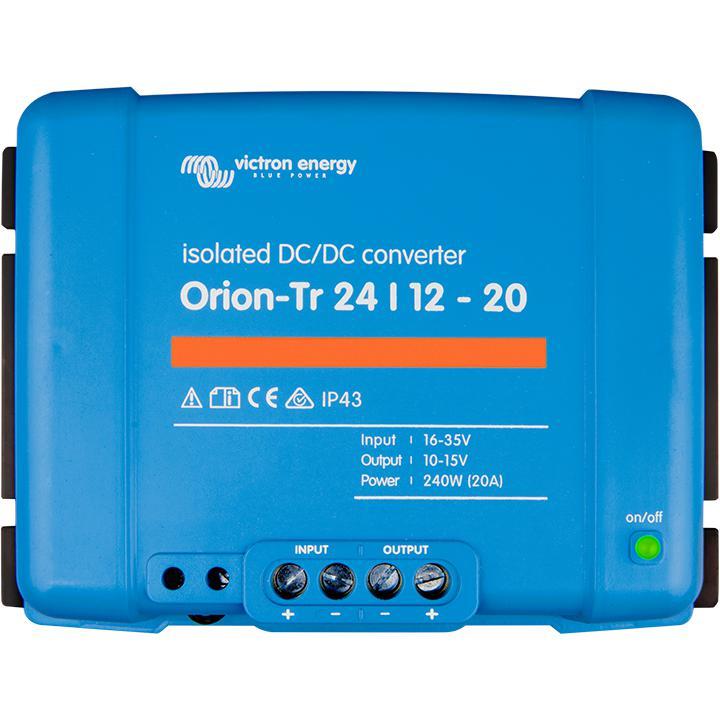 Converters
Converters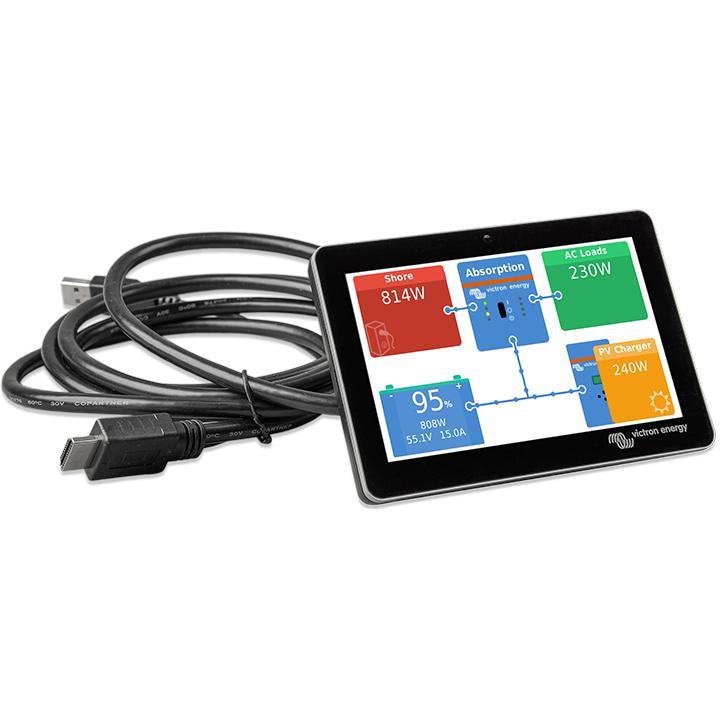 Victron GX Devices
Victron GX Devices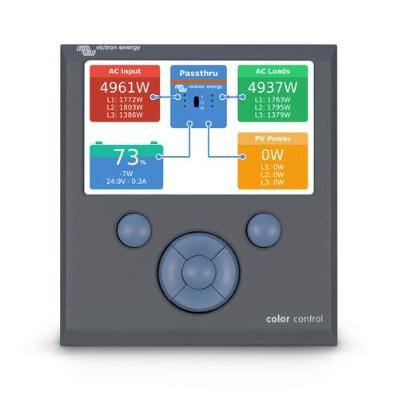 Remote Control Panels
Remote Control Panels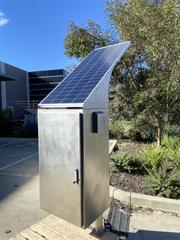 Custom Designs
Custom Designs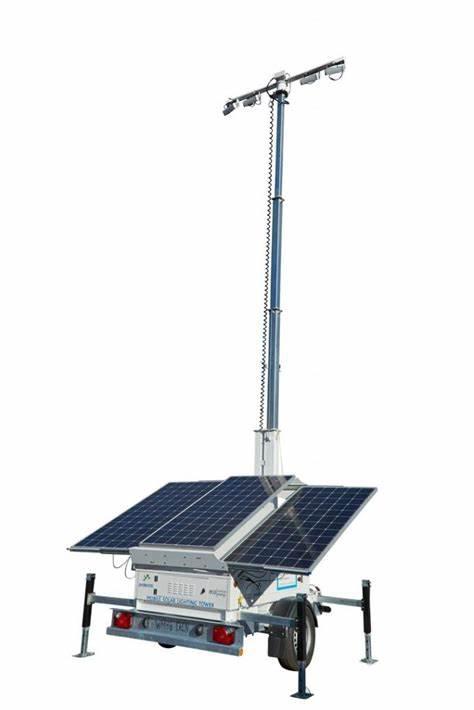 Solar Lighting
Solar Lighting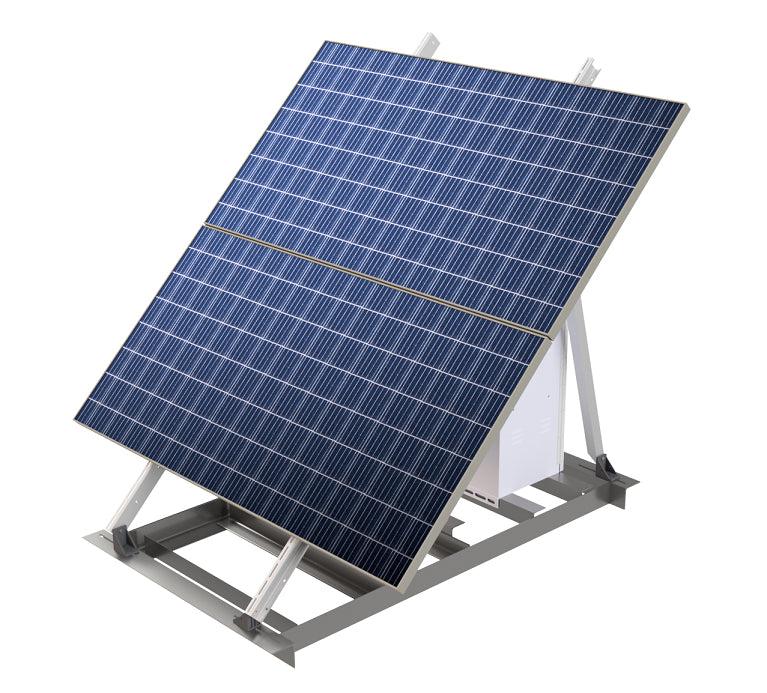 Solar Skids
Solar Skids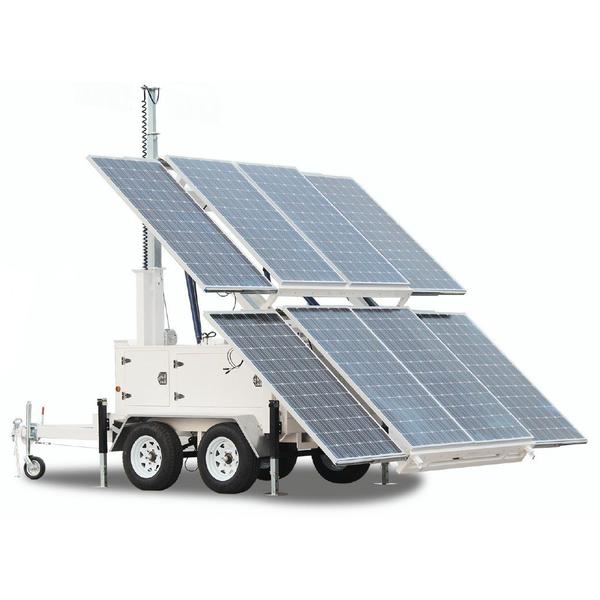 Solar Trailers
Solar Trailers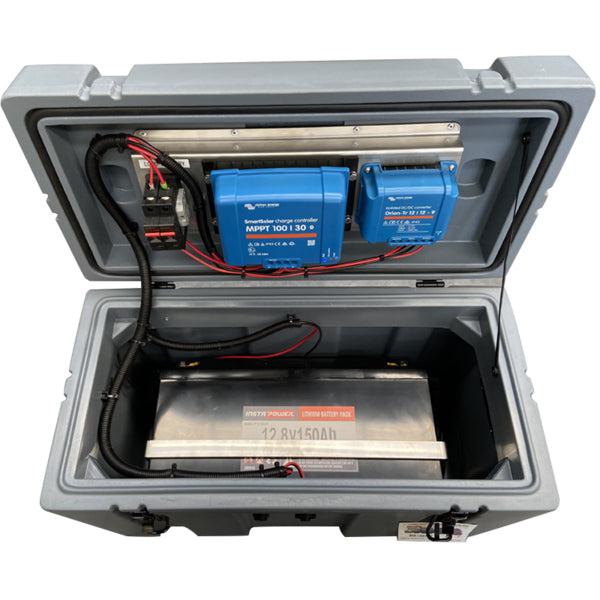 Portable Power Packs
Portable Power Packs Containerised Off Grid Power Systems
Containerised Off Grid Power Systems Cable and Fuse Calculator
Cable and Fuse Calculator Cable Size Calculator
Cable Size Calculator Main Battery Fuse/Isolator Calc
Main Battery Fuse/Isolator Calc Solar Charge Controller Calc
Solar Charge Controller Calc System Size Calculator
System Size Calculator Technical Info
Technical Info How DC/DC Chargers Work: Charging a House Battery from the Alternator
How DC/DC Chargers Work: Charging a House Battery from the Alternator Offgrid Battery Isolator "Loopback" Wiring - What is it and why do you need it?
Offgrid Battery Isolator "Loopback" Wiring - What is it and why do you need it? Shunt-Based Battery Monitoring: A Comprehensive Guide
Shunt-Based Battery Monitoring: A Comprehensive Guide Inverter/Chargers vs. Normal Inverters: A Deep Dive into Technical Details
Inverter/Chargers vs. Normal Inverters: A Deep Dive into Technical Details Understanding Solar Panel Wiring: Series vs. Parallel
Understanding Solar Panel Wiring: Series vs. Parallel RV and Vehicle Kits
RV and Vehicle Kits Small Off-Grid Kits
Small Off-Grid Kits Medium Off-Grid Kits
Medium Off-Grid Kits Large Off-Grid Kits
Large Off-Grid Kits